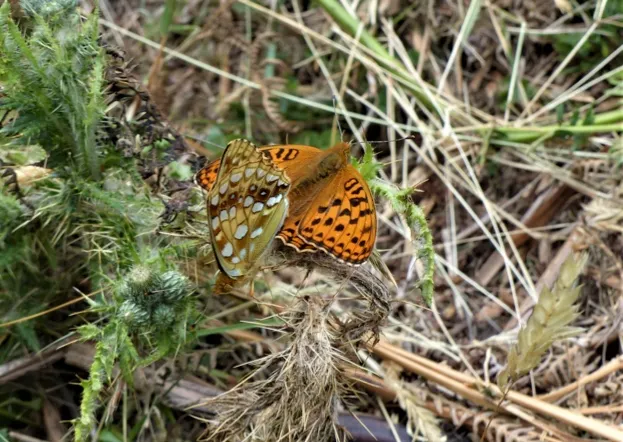The National Trust has counted higher than usual numbers of the rare high brown fritillary butterfly at a remote British location, confounding recent figures indicating its decline.
The butterfly appeared earlier than usual, and numbers were strong, with more than 200 seen during the annual count at Heddon Valley in North Devon.
“I’m confident the good numbers are a result of excellent habitat management and the introduction of the broad swathes,” says Matthew Oates, UK butterfly expert and National Trust volunteer who took part in the count.
“Ideal weather conditions; a cold and harsh winter which has helped knock back the bracken and then a warm and sunny May and June have been ideal for caterpillar development.”
Changes in woodland management, marginal hill land and climate change have contributed to the dramatic reduction of the butterfly’s population, down by 66 per cent since the 1970s.
Heddon Valley is one of the few remaining strongholds, and the National Trust has been working here in partnership with Butterfly Conservation to halt the threat of extinction.
The butterfly’s principle habitat of lowland heath and wood pasture is to receive a welcome boost of 60 hectares, thanks to funding by the Postcode Earth Trust, raised by players of People’s Postcode Lottery.

“Considering this work only started in January it is fantastic to see that the butterfly appears to be thriving in the valley so soon,” says Laura Chow, Head of Charities at the People’s Postcode Lottery.
It is hoped the project will benefit other wildlife, including the heath fritillary, nightjar and Dartford warbler. The National Trust aims to restore 25,000 hectares of wildlife-rich habitat by 2025.
“As we are having some fairly dry weather, it’s now the perfect time for seeing this large and powerful butterfly,” adds Oates.